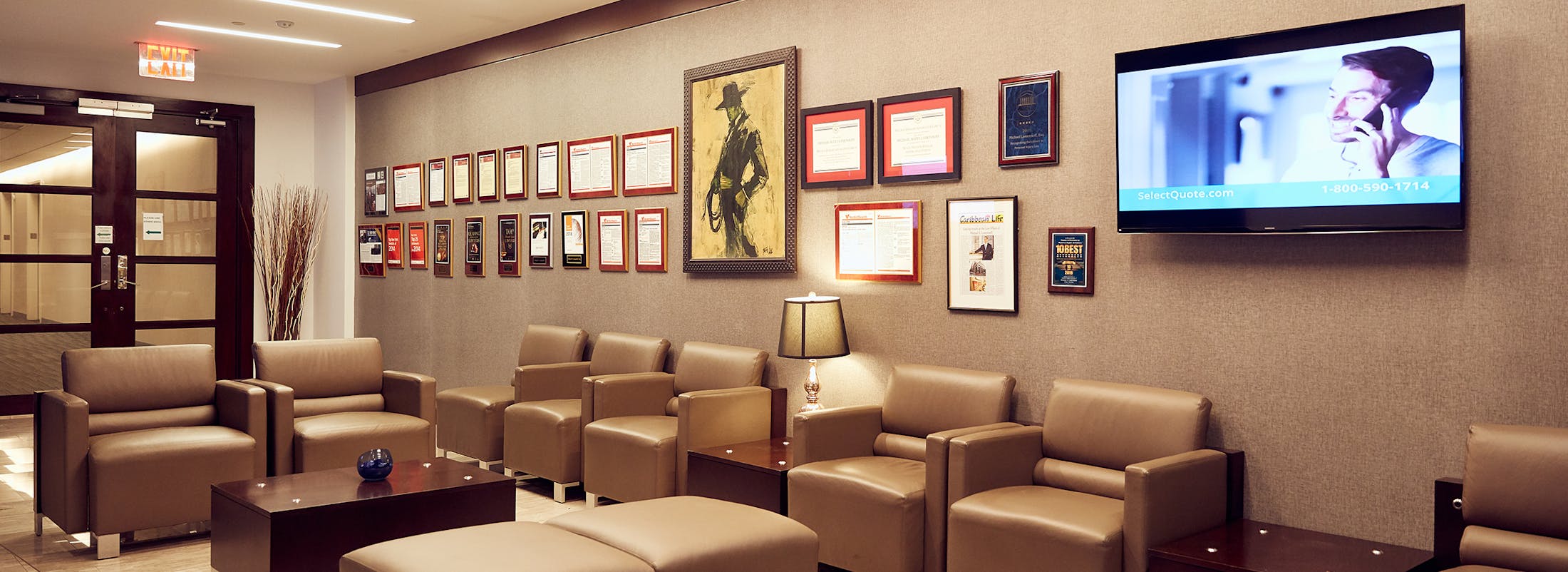New York Adult Survivors Act (ASA)
New York has become one of the most progressive states in the fight for justice for sexual assault survivors and sexual abuse survivors. Legislation, such as the recently passed Adult Survivors Act (ASA) and the previously passed act the Child’s Victim Act (CVA), give survivors of sexual assault and of sexual abuse revived avenues to bring lawsuits.
The major element of the new legislation is the temporary tolling of the statute of limitations.
The Adult Survivors Act (S66 §214-j), alters the past and current statute of limitations. The ASA opens a “lookback window” for persons that were over the age of eighteen at the time of the sexual assault or of the sexual abuse to bring their claim or action regardless of how long ago it happened. This “lookback window” allows survivors to bring their claims regardless of any previous statute of limitations until November 23rd 2023.
The Adult Survivors Act is structured like its sister bill, the Child Victims Act. In fact, the statutory language for both acts is accurately consistent. Both create a “Lookback Window” that allows previously time-barred cases to proceed. And both apply to over 20 sexual offenses in the New York Penal Law §130. The ASA is the third New York State legislation that advances sexual abuse survivor rights. It functions as the last piece of puzzle that completes protection for survivors who survived sexual abuse at over 18 years old. Being the third of the legislative family, the ASA clearly reflects a political agenda to address sexual abuse.
The 2017 #Metoo and 2018 #Time’s Up movements gained gravity for sexual harassment and assaults that many women faced. It constructed a vital political climate for all survivors of sexual assault. Regardless of gender and age, survivors across New York began to push for legislations that represent their demand for accountability of the perpetrators. Therefore, since 2019, the New York State legislature has passed three separate legislations. Each amending New York Laws to protect a different group of sexual assault survivors.
The first legislation S2440, known as the Child Victims Act, advanced rights of those who were sexually abused as a child. Not only did it change the statute of limitations from 3 years after turning 18, to 55 years old, but also it created a two-year window that enabled previously time barred lawsuits to be processed. The second legislation S6574 extended the statute of limitations proactively, for all sexual abuse survivors. From September 16th 2019 onward, survivors of sexual assault have up to 20 years since the date of assault to bring up their case.
However, the third legislation, the Adult Survivors Act, faced many more obstacles than its sister bills. The ASA was introduced in the same 2019-2020 legislative session as CVA and S6574; however, it died in both Senate and Assembly judiciary committees. The ASA did not pass after Governor Cuomo resigned, 2 years after he signed the CVA. Further, in the 2021-2022 legislative session, the bill again came to a halt in the Assembly judiciary committee.
In the meantime, several rallies were held to help advance the ASA through the slow-moving judiciary committee. Safehorizon has been the most active organization in pushing for the ASA’s passage. Under the code A648A, ASA regained momentum when it was reviewed by the Assembly judiciary committee again in January 2022 - four months after Governor Cuomo’s resignation.
While there has been no evidence to concretely establish that Governor Cuomo was responsible for the delay in passing the ASA, some survivors pointed their frustration at Cuomo for the legislative inefficiency. And some New York legislators echo this as well. According to an article published by Politico, Cuomo along with other handsy politicians, could be subject to previously time-barred lawsuits for sexual harassment and assault with the passage of the ASA. Legislator Lindsay Rosenthal, who drafted both the Child Victims Act and Adult Survivors Act, stated: “If there was a reason to pass the Adult Survivors Act, Governor Cuomo provides an object lesson.”
Moreover, Assemblymember Catalina Cruz adopts a more nuanced approach toward this allegation. Cruz confirms that several reporters asked for her opinion, but she neither confirms nor denies any Cuomo implications. However, Cruz is open to the possibility, that Cuomo could have had some influence over the process. In her own words, Cruz said “There’s a reason why several reporters have asked me that.”
The ASA’s passage, is nevertheless a victory for sexual assault survivors. Often there is a time lapse between the date of assault, and the date which victims bring suit. The traumatic experience requires time and effort to conciliate. Moreover, many weren’t certain of the nature of the conduct they endured, whether it constituted sexual assault. Perpetrators often psychologically manipulate survivors into believing, that some intimate contacts are benign and friendly. Grooming is one example of this behavior, often seen in catholic church molestation cases. Hence, many survivors do not report some ambiguous contacts for fear of retaliation, stigmatization or their narrative being dismissed.
The “Lookback Window” is an extremely powerful instrument for victims who were ready to file suit, but passed their legal time frame. The ASA is a significant tool for inclusivity and accessibility for all survivors; it is the final gear that motorizes New York State protection for all sexual assault victims.
The CVA enabled more than 9000 cases to be heard. And we can reasonably expect ASA enabling thousands of cases to proceed in the New York State judicial system. The march to justice may be strenuous and prolonged. But the sexual assault attorneys at the Law Office of Michael S Lamonsoff firmly believe, that wheels of justice grind slow but grind fine.

